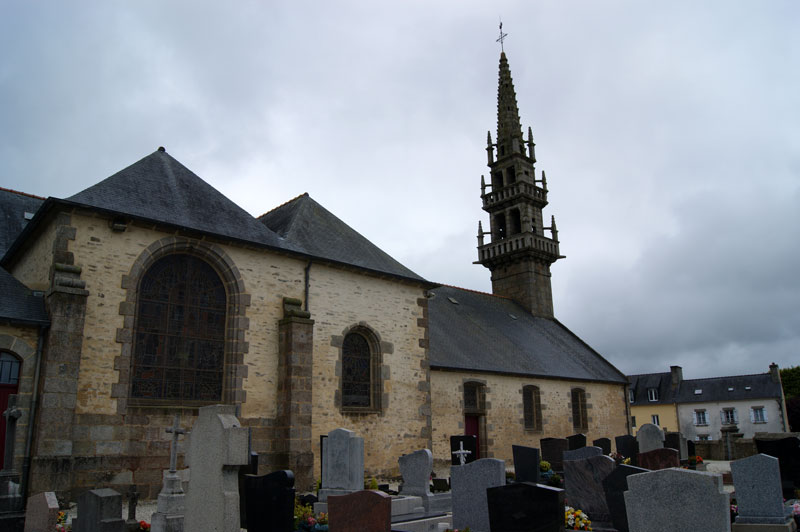Researching my family tree, I was keen to find out more about Great Uncle Raymond Finch. A bomber pilot, he was killed over Brittany in the Second World War and I wanted to pay my respects at his grave in a quiet French village.
I’d long known that he’d been killed in the war but it was only when I began researching our family history that I discovered all the details of his RAF service and his tragic death.
Raymond was born in Croydon, Surrey, on 3 September 1917, the youngest child of Walter and Annie Finch. While a couple of his older brothers, including my granddad Gerald, went into the family bakery business, Raymond went his own way. He was described as an order clerk at a silk warehouse on his flying certificate, which he gained on 23 August 1939 at Redhill Flying Club while flying a DeHavilland DH 60 Gipsy Moth.
After the outbreak of war, Raymond enlisted with the Royal Air Force Volunteer Reserve on 20 November 1939 (service number 907613) and initially was in No 1 Reserve Command as an Aircraftsman Second Class. By June 1940 he was with a Training Wing and three months later was assigned to a General Reconnaissance Pool.
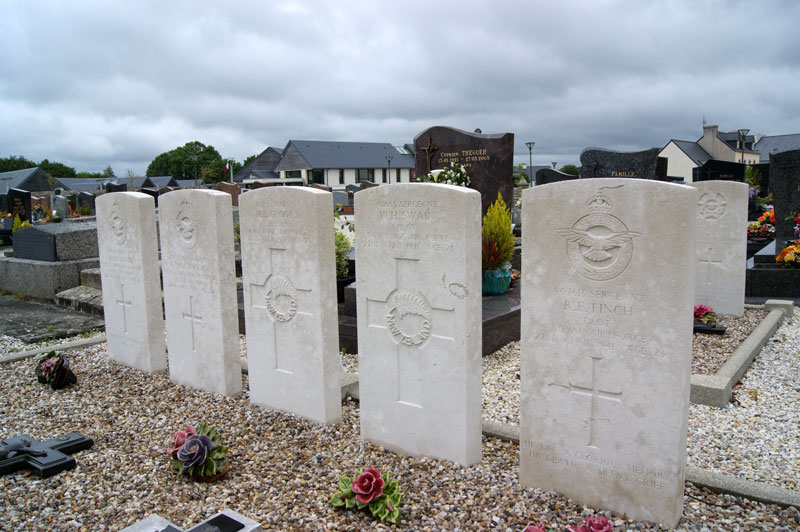
On the 5 August 1940 he was promoted to Leading Aircraftman. He served with the Elementary Flying Training Schools before he transferred on 23 December 1940 to No 11 Operational Training Unit (OTU), which had been formed in 1940 as part of No6 Group RAF Bomber Command at RAF Bassingbourn to train night bomber aircrew.
OTUs usually took individually trained aircrew and formed them into a five-man bomber crew. On leaving Bassingbourn, this crew would normally move to an HCU (Heavy Conversion Unit), collect a flight engineer and begin a month-long course before passing out as a heavy-bomber crew and getting an operational posting. Thus Raymond found himself heading for 218 Squadronat RAF Marham on 1 April 1941 as a Sergeant Pilot (having been promoted on 14 December 1940).
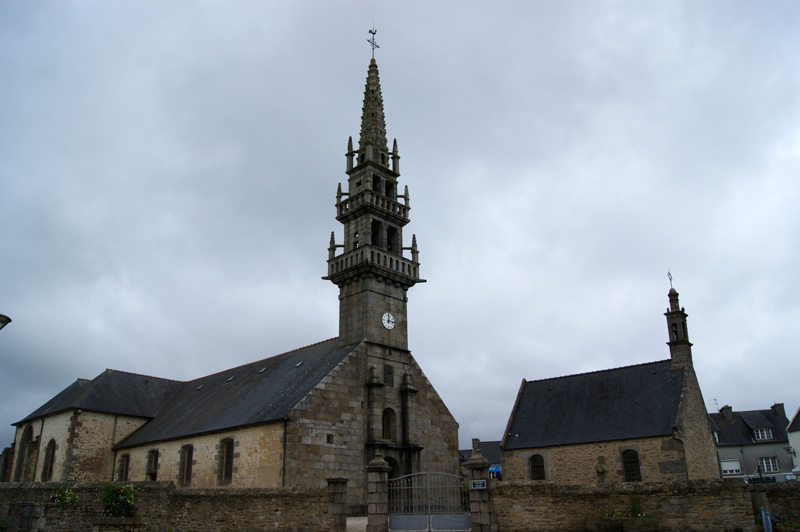
Raymond’s first operational flight with the squadron was on the night of 6/7 April – with the crew he’d trained and would fly with throughout his short time there – including his commander Sgt William Swain. Leaving at 8pm in cloudy and occasionally wet weather, the target was the docks at Calais in northern France. The following night the docks at Kiel in northern Germany were the target, and the crew encountered moderate flak during the attack. Raymond’s next mission was on the night of 10/11 April to the enemy battleships docked at Brest in France.
On the night of the 16/17 April, 218 Squadron’s targets were Bremen and Emdem in north-west Germany. All nine aircraft returned home with Raymond’s crew reporting their bombs falling on the target area despite experiencing heavy and accurate flak and considerable searchlights. Low cloud made it difficult to accurately identify what had been hit and some crews met enemy fighter resistance during the 5-hour mission.
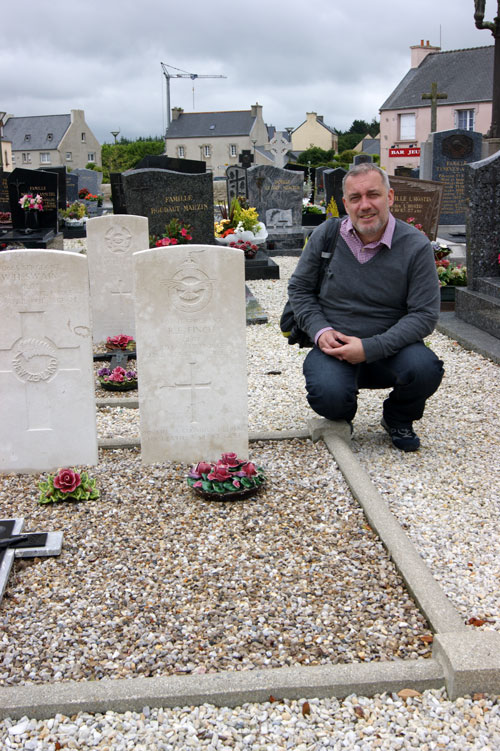
Raymond died on 22/23 April 1941 aged just 23 when his aircraft – Wellington L7798 – came down over Brittany on another operation to Brest, the key port in Finistere. The cause of the loss was never established, although one report said the crew lost control of the aircraft. It was one of two of the squadron’s Wellingtons that were lost that night. The crew in the second aircraft bailed out after running out of fuel near King’s Lynn and all survived. Other aircraft had to divert to other bases because of bad weather at Marham – one crash-landed in Cornwall but the crew were unharmed.
All on board Raymond’s plane were killed apart from Sgt J Clarke of the New Zealand Air Force, who was captured a month after the crash and became a prisoner of war. It’s thought he bailed out as the aircraft came down, going on the run to escape the Germans.
I discovered Raymond’s record at the Commonwealth War Graves site. He was buried in Milizac churchyard beside St Anne’s parish church with Sgt William Swain, 23, of the Royal New Zealand Air Force, Sgt (Obs) Malcolm Crooks, 25, of the Royal New Zealand Air Force, Sgt Victor Lloyd, 21, of the Royal Air Force Volunteer Reserve and Sgt Geoffrey Molyneaux of the Royal Air Force Volunteer Reserve.
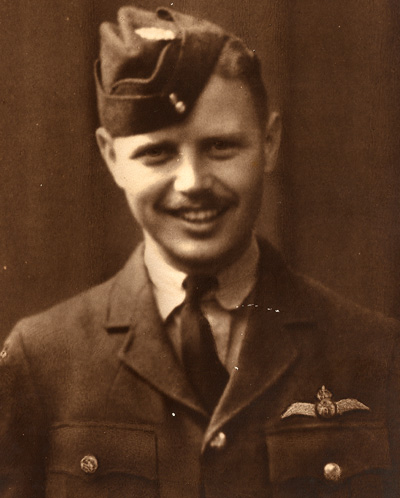
Swain, who commanded Raymond’s crew, was born in Napier, New Zealand, and educated at Masterton Technical College. He flew with the Wairarapa and Ruahine Aero Club and was an RNZAF Civil Reserve Pilot before the war. He enlisted in February 1940 as an Airman Pilot and trained at No1 Elementary Flying Training School at Taieri and No1 Flying Training School at Wigram, being awarded his wings in August and leaving the next month for the UK.
Annie Finch went to visit her late son’s grave with several family members in the late 1950s, flying from Lydd Airport to Le Touquet. We visited Milizac on a grey but dry day during a longer visit to Brittany. It was deserted and the monumental church loomed over the centre of the village, its typically Breton galleried tower-cum-steeple a curiosity. A local shop/bar stood open nearby and in the gloom we stopped for a coffee, but there seemed precious little else to detain anyone in Milizac.
The churchyard was beautifully tended and included a memorial to the locals who were killed during the Second World War, including a five-year-old. Raymond’s grave stood alongside his friends’, close to a fighter pilot’s dating from 1943. We stayed quietly for a short time and I ran over the story of his final minutes in my mind.
At the base of his stone was a simple message that seemed to sum everything up:
His life, a glorious memory. His death, a silent grief.

